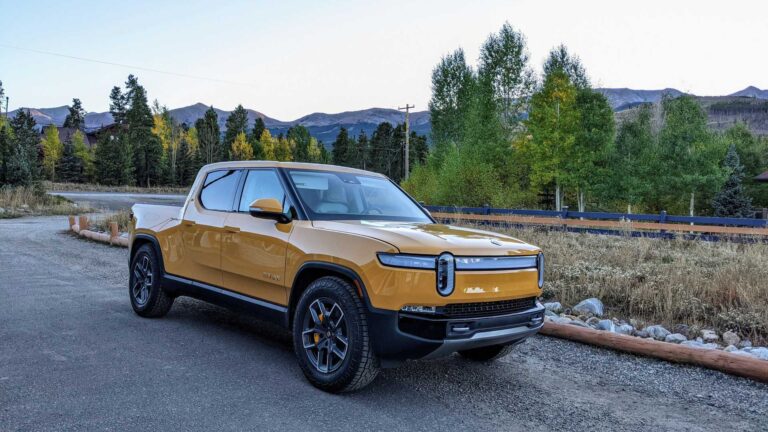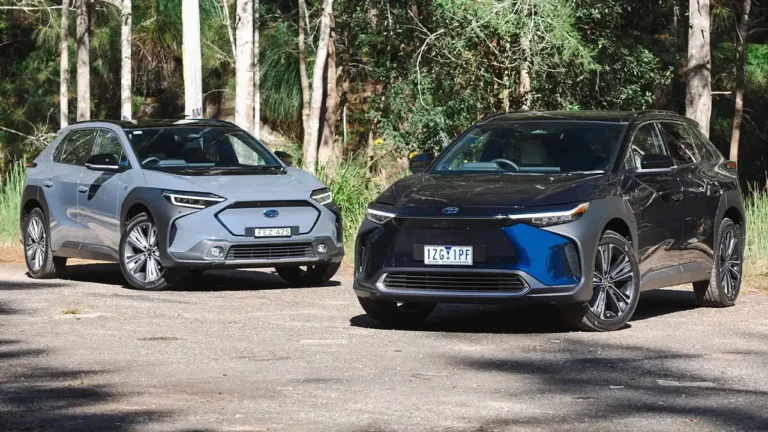Genesis has consistently impressed with its lineup of luxury SUVs. However, when the conversation turns to off-roading capability, Hyundai’s premium brand isn’t typically the first name that comes to mind. That perception may soon change with the introduction of the X Gran Equator concept, which not only debuts a fresh design language but also signals Genesis’ ambitions to compete in a space long dominated by brands like Range Rover and Mercedes-Benz.
Making its debut at the 2025 New York Auto Show, the X Gran Equator unveils a bolder, more squared-off aesthetic. The look is less reminiscent of the Bentley Bentayga and leans more toward the Rolls-Royce Cullinan—though without the unfortunate styling missteps. There’s also a subtle nod to vehicles like the Scout Traveler and the once-sporty Infiniti FX. At the rear, the concept showcases a split tailgate, echoing a feature commonly associated with a well-known British luxury off-roader. Tying the design together is Genesis’ signature two-line lighting motif, which remains a defining element of the brand’s identity.
From certain angles, the proportions appear somewhat unconventional. The greenhouse seems more in line with a smaller SUV, giving the side profile a slightly disproportionate appearance—like a Range Rover Sport in the middle of a bubble bath. Still, the muscular fender bulges make a strong statement. With their subtly contrasting lip extensions, they seem to gently mock rivals that rely on oversized plastic cladding to suggest off-road prowess they may not actually possess.

Inside, the concept takes a surprising turn. Genesis production SUVs are known for their expansive, high-tech displays, so the minimalist interior of the X Gran Equator—featuring a cluster of small, round digital gauges—comes as a departure. According to Genesis, these gauges are inspired by vintage camera dials. Still, it’s hard not to think of the classic round gauges that adorned vehicles like GM’s 1973–1978 “Square Body” trucks. And then there’s the column-mounted gear selector, angled just so—it recalls the operation of modern Mercedes-style shifters, but with a design flair that feels distinctly Genesis.
The cabin’s two-tone color scheme adopts a vertical layout, standing apart from more traditional horizontal designs. There’s no shortage of stitching and quilting, but the overall aesthetic seems to take a step back from the ultra-luxurious, Bentley-like interiors of current Genesis SUVs. That’s not to say the richness is lost—we certainly appreciate the craftsmanship—but the shift in direction could be a smart move, ensuring the brand avoids veering into self-parody. A large, four-pane sunroof floods the cabin with light, while clever, modular storage solutions—highlighted by the numerous boxes and bottles seen in press photos—underscore the vehicle’s practical edge.

Notably, Genesis has remained silent on what powers the X Gran Equator. Many recent concept vehicles have touted electric powertrains, but the presence of a long hood raises the possibility of an internal combustion engine—perhaps even a straight-six, which would be a welcome development. That said, Genesis is offering no details on the matter. Given today’s shifting regulatory landscape, the decision to withhold powertrain specifics may be a calculated one.
After its New York debut, the X Gran Equator will take up residence at Genesis House in Manhattan, where it will be on display through July. As for whether a production version will eventually reach dealerships, Genesis suggests that while the concept itself may not make it to showrooms in its current form, certain elements—such as the split tailgate and roof rails—are likely to appear in future models. The X Gran Equator appears to offer a glimpse at the next evolution of Genesis SUVs, hinting at what’s to come in the next few years and sending a clear message to legacy players like Range Rover. And if a production version of this concept is on the horizon, we’d be more than happy to see it hit the road.



